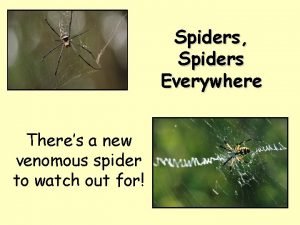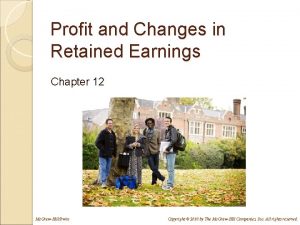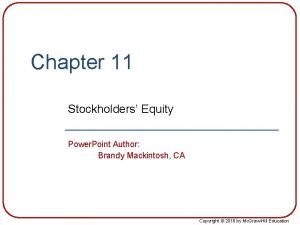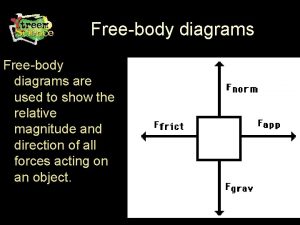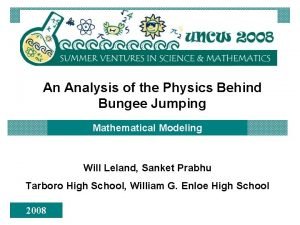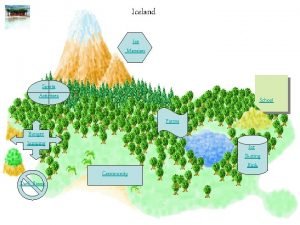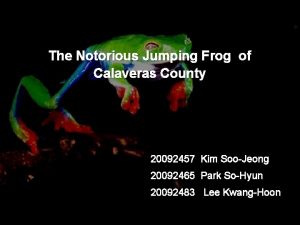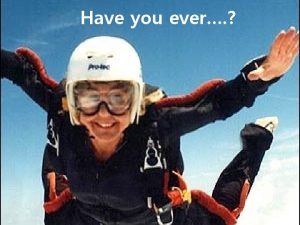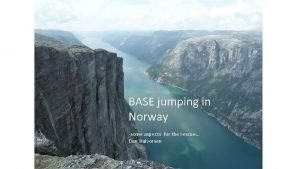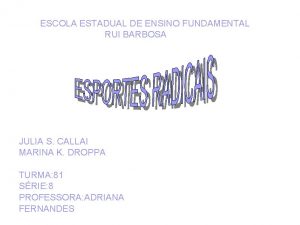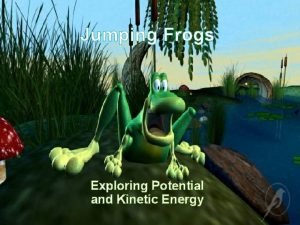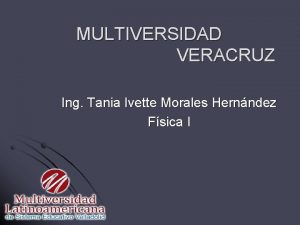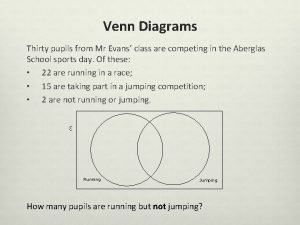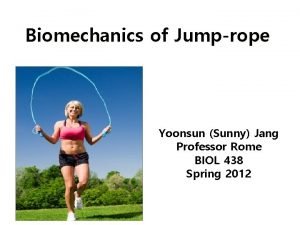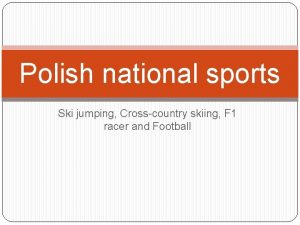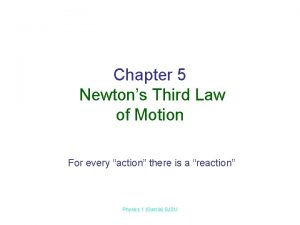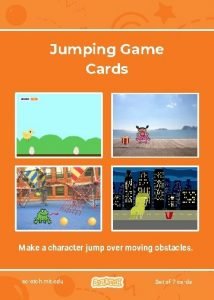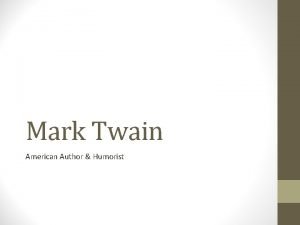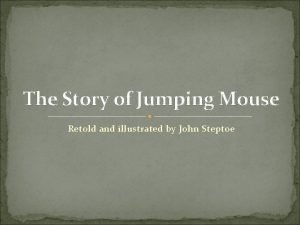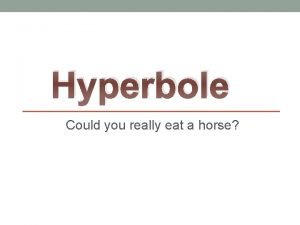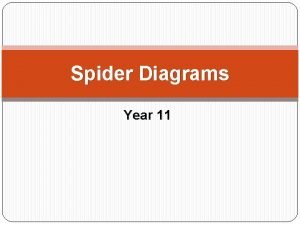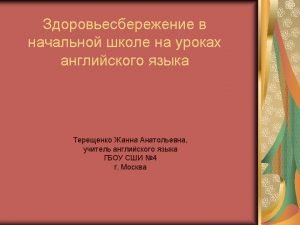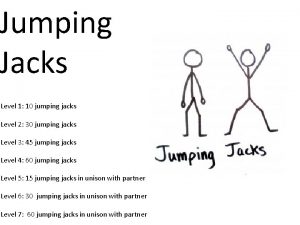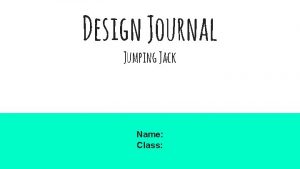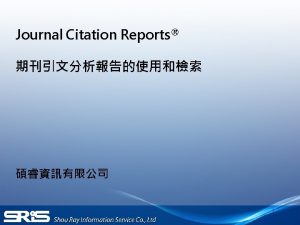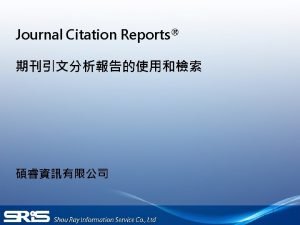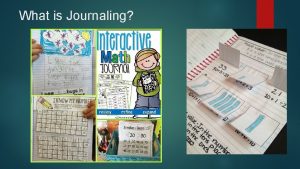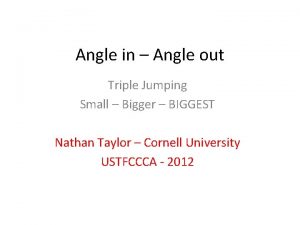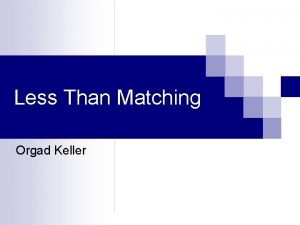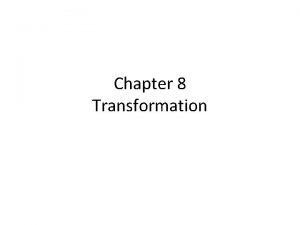Journal P5 Jumping Spider A small spider less





























- Slides: 29

Journal P-5: Jumping Spider A small spider, less than 2 cm in diameter, spots an insect. The spider crouches and crawls slowly forward. Then and leaps, landing right on the victim! A jumping spider has the amazing ability to jump 10 -40 times its body length. To capture prey from that far away, it has to accurately estimate its beginning velocity. Once the spider jumps, the force of gravity controls its motion. , causing it to follow a curved path. Its velocity changes at every point along its path until it lands on its prey. 1. Once the spider jumps and is in the air, can it change its course? Explain. 2. Does the direction of motion change throughout its flight? Explain. 3. Think of an activity or sport in which the goal is to hit a specific target from far away. What are some of the challenges?

A. Force

1. Force – push or pull • It has the ability to change an object’s motion • • • Starting Stopping Speeding up Slowing down Changing direction

2. Forces have both size and direction a. Size • Size is measured in SI units called newtons (N) • with a Spring Scale b. Direction: • Same direction: Add (+) • Diff. direction: Subtract (-)

3. Net force = combination of all forces acting on object 4. Force is shown with vector arrows (remember these? ). • they point in the direction of force • arrow length or thickness shows the strength of a force

For example:

5. Forces can be. . • Balanced • No movement • Net force=0 • Unbalanced • Movement

6. Calculating Force requires multiplying the mass and acceleration of an object: • F=ma=N • Variations • m=N/a • a=N/m

Practice-in your journals! 1. How much force is required to accelerate a 50 kg mass at 2 m/s 2? 2. What is the acceleration of an 18 kg mass pushed by a 9 N force? 3. A truck is moving with a force of 100 N and an acceleration of 5 m/s 2, what its mass?

Lab: The Nail Challenge You will receive one block and 12 nails. Your challenge is to balance 11 nails on 1 nail head. You may work in pairs using only the materials given and –of course-the normal force of gravity. GOOD LUCK!

B. FRICTION 1. Definition-it is a resistance to motion because of the force that two surfaces exert on each other 2. Can make moving easier or harder 3. Depends on 2 things • Type of surface • How hard the surfaces push against each other

4. 4 main types a. sliding friction-when solid surfaces slide over each other.

b. rolling frictionwhen an object rolls over a surface. Until sliding friction takes him out!

c. fluid friction-when objects move through air or water. Adding lubricants can change sliding friction into fluid friction. Air resistance is fluid friction.

d. static friction-acts on objects that are not moving. It holds them in place until a force cause motion.

C. Gravity- an attractive force between two masses 1. Mass and distance are 2 factors that affect gravity • A big distance between things needs a – big force • A small distance between things needs smaller force • The larger the mass, the greater the gravitational force on an object 2. Also depends on Weight

So what is the difference between mass and weight? Mass : How much matter is in something. Never changes unless we cut off parts. Weight: a measure of the force of gravity in newtons

3. Free Fall • Objects with gravity as the only force • Objects accelerate in free fall at the same rate of 9. 8 m/s 2

4. air resistance –a force that opposes the movement of an object in air • It is a type of fluid friction • Depends on size , shape and speed Remember your paper lab?

Remember most objects will hit the ground at the same time-if there is no air resistance.

5. Terminal Velocity-the constant acceleration of a falling object • increased speed=increased air resistance until …. . air resistance=force of gravity 6. Projectile Motion- a curved path that is caused by the downward pull of gravity and the initial force of velocity

7. Vacuum – empty space • All objects fall at the same speed because there are no forces present. • In space, the spacecraft and astronauts are falling “around the Earth” at the same speed. This is why they experience weightlessness

D. PRESSURE 1. pressure is the amount of force acting on a surface 2. pressure equals force divided by area • p = f/a 3. Fluid Pressure-in air and liquids.

4. Air Pressure a. air pressure is caused by the motion of particles in the air b. you do not feel the weight of the air because the pressure inside your body is equal to the air pressure around you c. Barometer-instrument used to measure air pressure d. Changes with altitude-gets lower as you go higher

5. Water Pressure a. Manometer-instrument used to measure pressure in liquids b. the force of water pressure on an object is the same in all directions *This is why we don’t explode c. water pressure changes with depththe deeper you are, the greater the water pressure

d. Buoyant force • The ability of a fluid to have an upward force. This force is usually equal to the amount of fluid displaced by an object in it (like a boat) • This determines whether something sinks or floats (Archimedes's Principle) • The density of an object is a factor too. Density> 1 will sink. A density < 1 will float.

6. Bernoulli’s principle a. Bernoulli’s Principle-principle that states that as the speed of a fluid increases, its pressure decreases b. airplane wings are designed to use Bernoulli’s principle • air traveling over the wings moves faster than air underneath • this reduces the pressure on top of the wing, allowing it to be pushed upward


c. Gravity (acting on mass=weight) pulls down on a plane but three forces combine to help an airplane fly • the upward force on a plane’s wing is called lift • a forward force, or thrust, helps the plane take off and maintain air speed • the air resistance on a plane is called drag
 Less religious and less idealized than greek art
Less religious and less idealized than greek art Yellow sac spider map
Yellow sac spider map Statement of changes in equity format
Statement of changes in equity format How to calculate stockholders equity
How to calculate stockholders equity A flying squirrel is gliding (no wing flaps)
A flying squirrel is gliding (no wing flaps) Ap bio unit 7
Ap bio unit 7 Physics of bungee jumping
Physics of bungee jumping Ethos pathos logos test
Ethos pathos logos test Bungee jumping iceland
Bungee jumping iceland The notorious jumping frog of calaveras county
The notorious jumping frog of calaveras county Have you ever been scuba diving
Have you ever been scuba diving Base jumping in norway
Base jumping in norway Bungee jumping regras
Bungee jumping regras Jumping genes
Jumping genes Framing the jumping frog story
Framing the jumping frog story Energy frog
Energy frog Yesenia morales bungee jumping
Yesenia morales bungee jumping Akuta coin
Akuta coin Bungee jumping basilicata
Bungee jumping basilicata Venn diagram of running jumping and throwing
Venn diagram of running jumping and throwing Jumping jang
Jumping jang A mexican jumping bean jumps with the aid
A mexican jumping bean jumps with the aid Paraglit
Paraglit Polish national sport
Polish national sport Chapter 5 newton's third law of motion
Chapter 5 newton's third law of motion Scratch how to make a character jump
Scratch how to make a character jump Mark twain humorist
Mark twain humorist Jumping mouse story
Jumping mouse story I love you teddy bear, teddy bear jumping rope lyrics
I love you teddy bear, teddy bear jumping rope lyrics Manute bol dunk without jumping
Manute bol dunk without jumping

